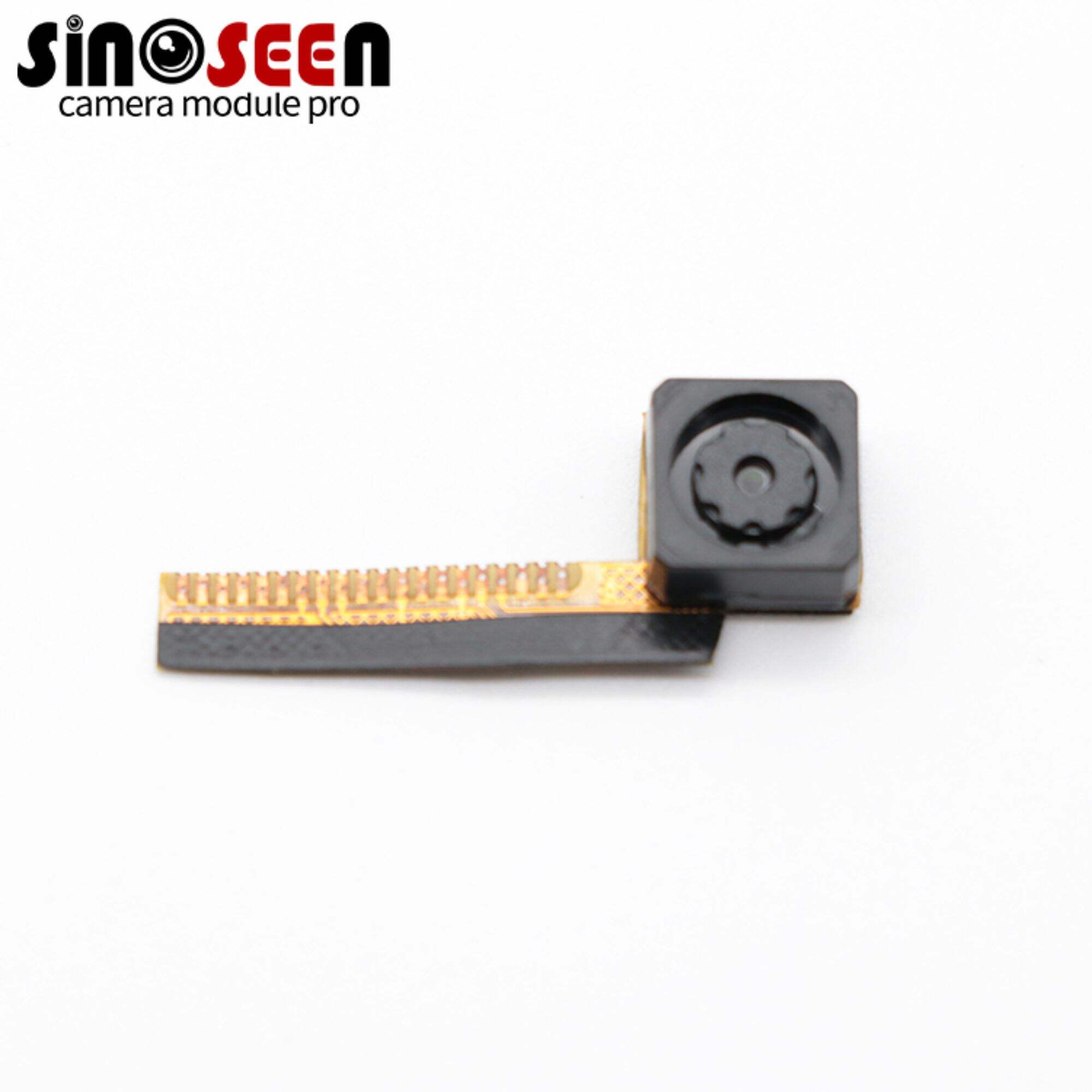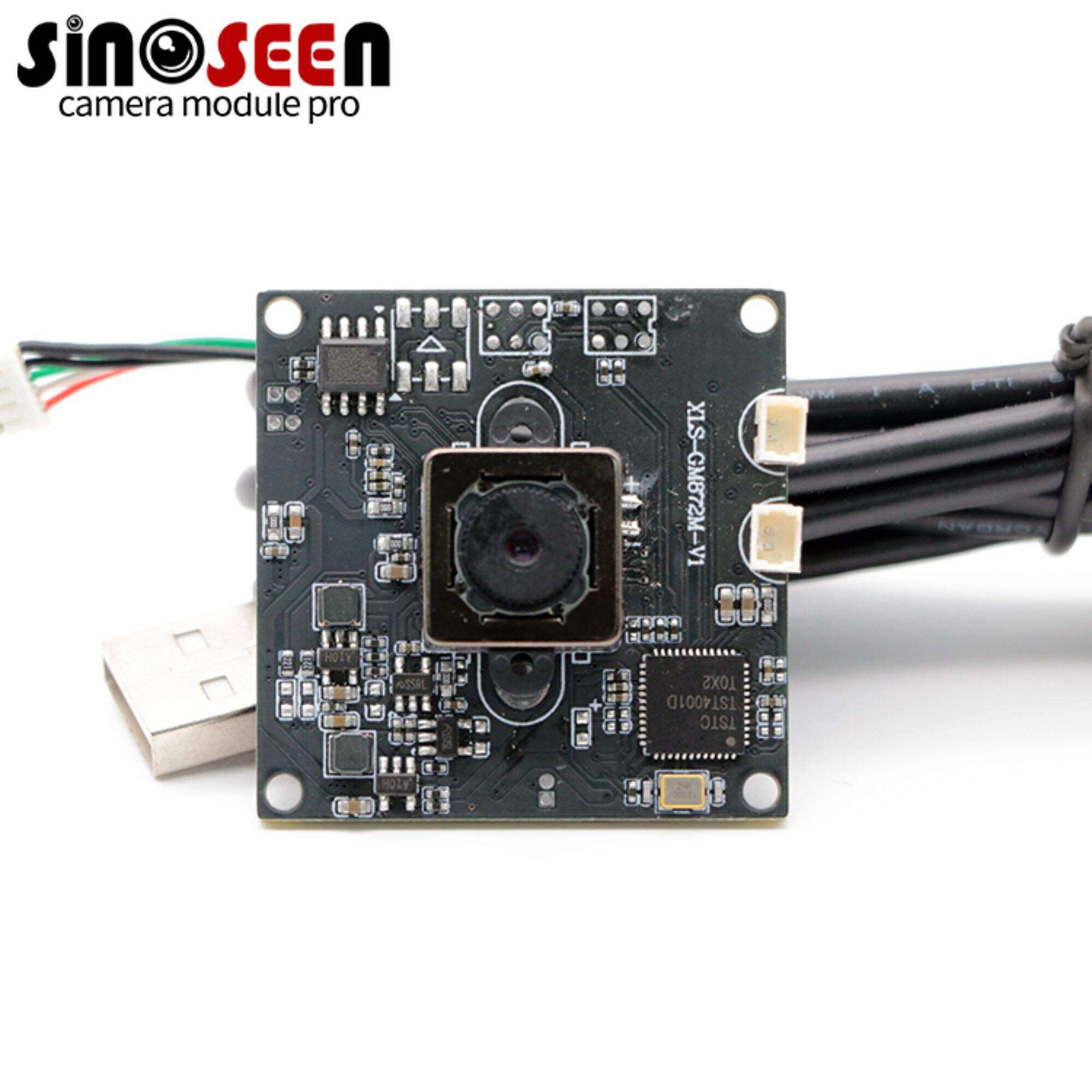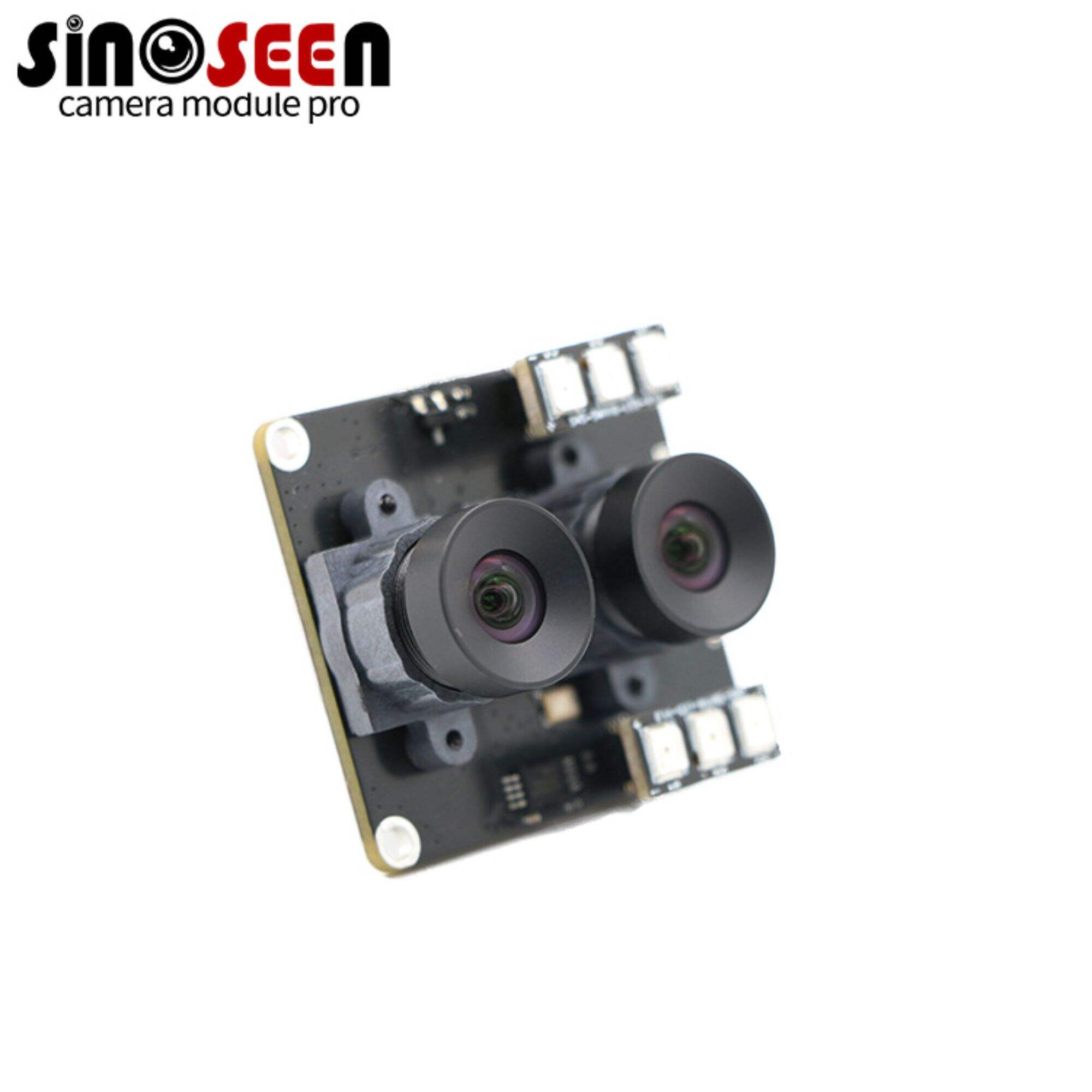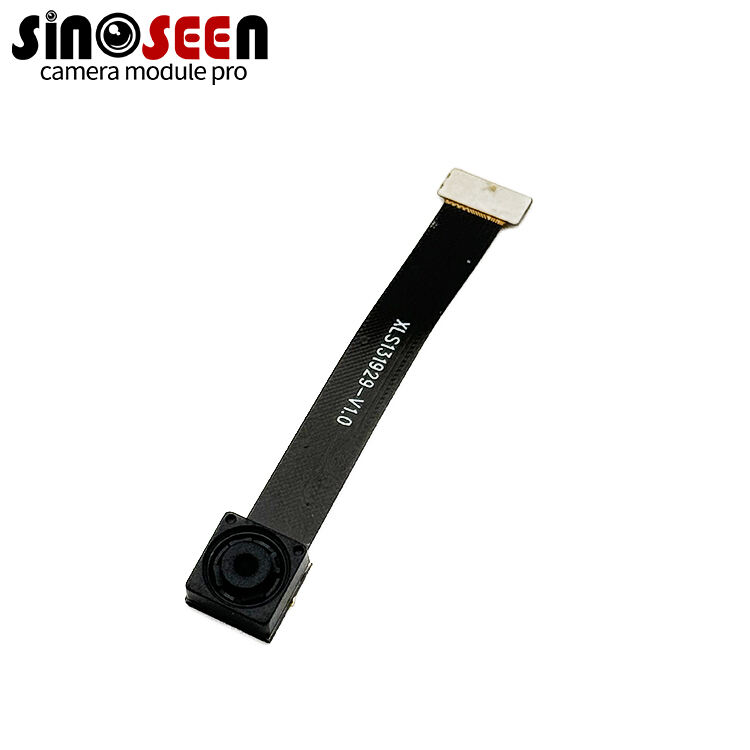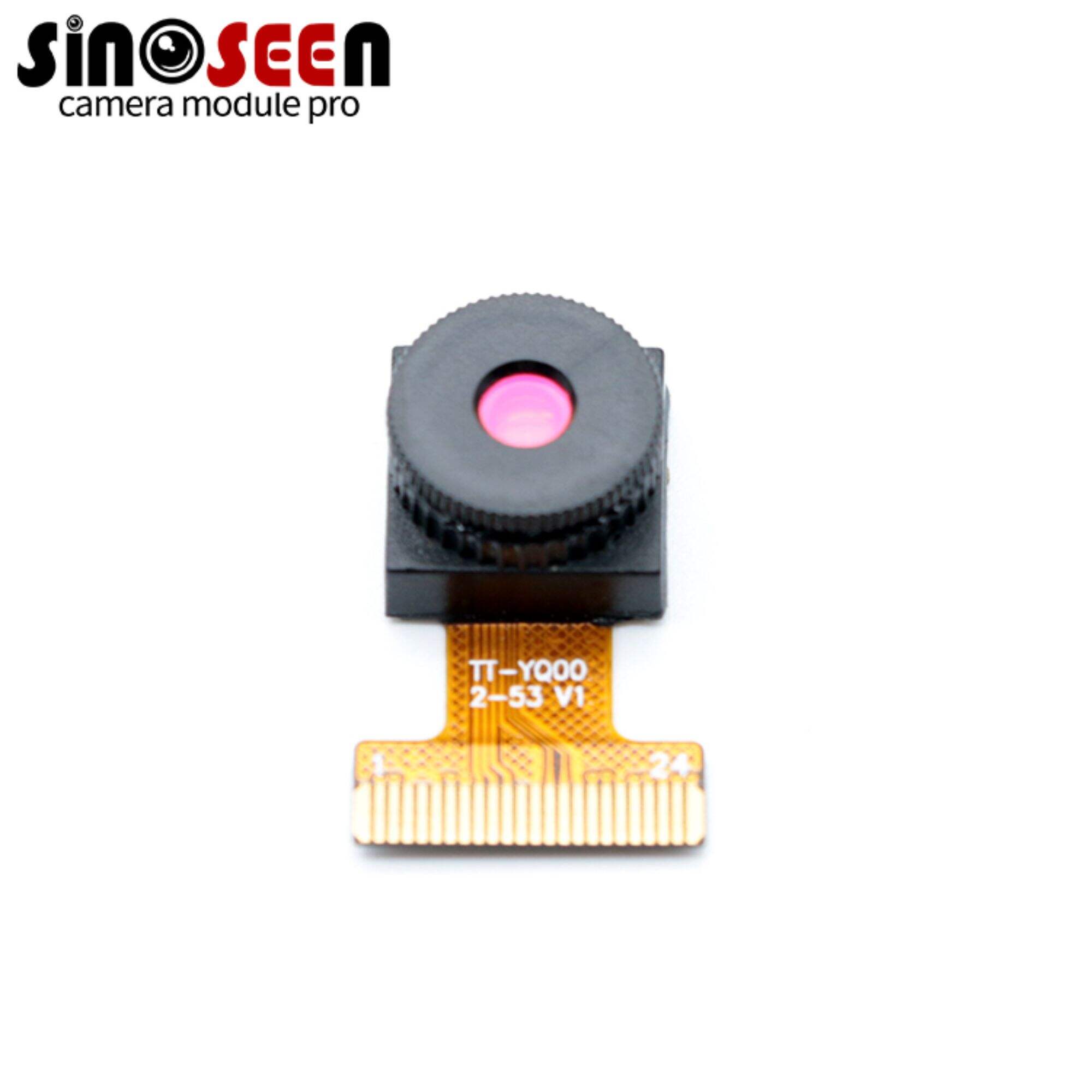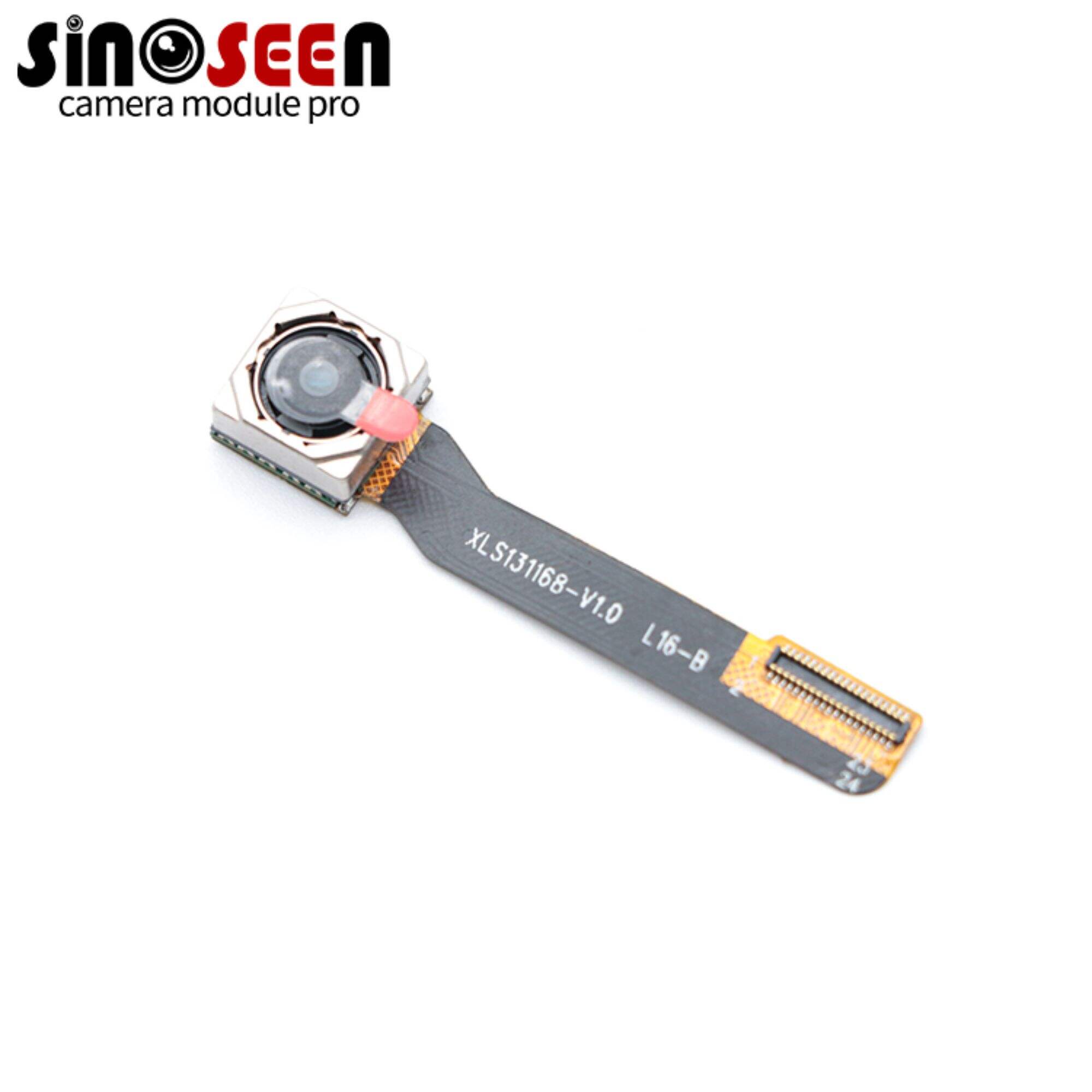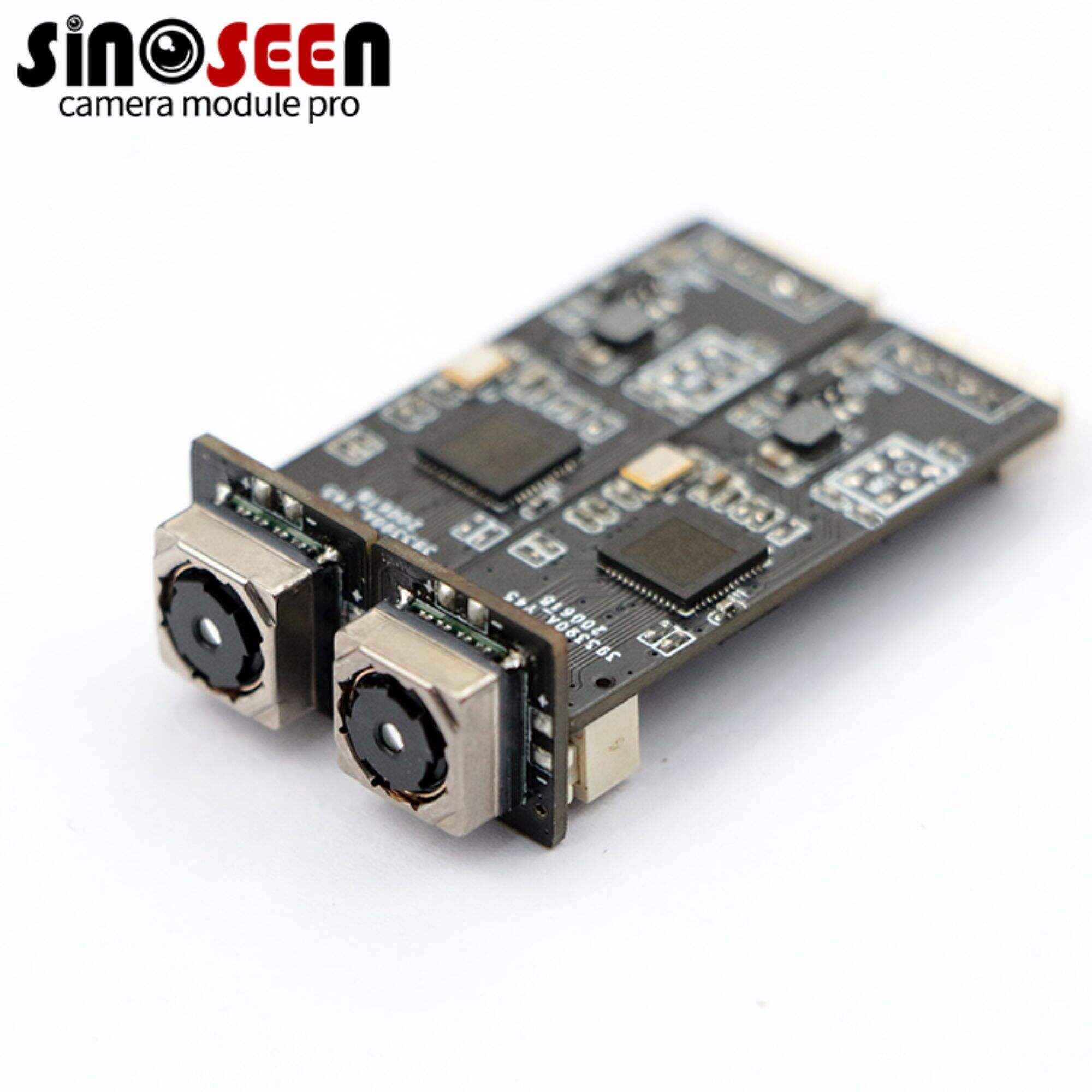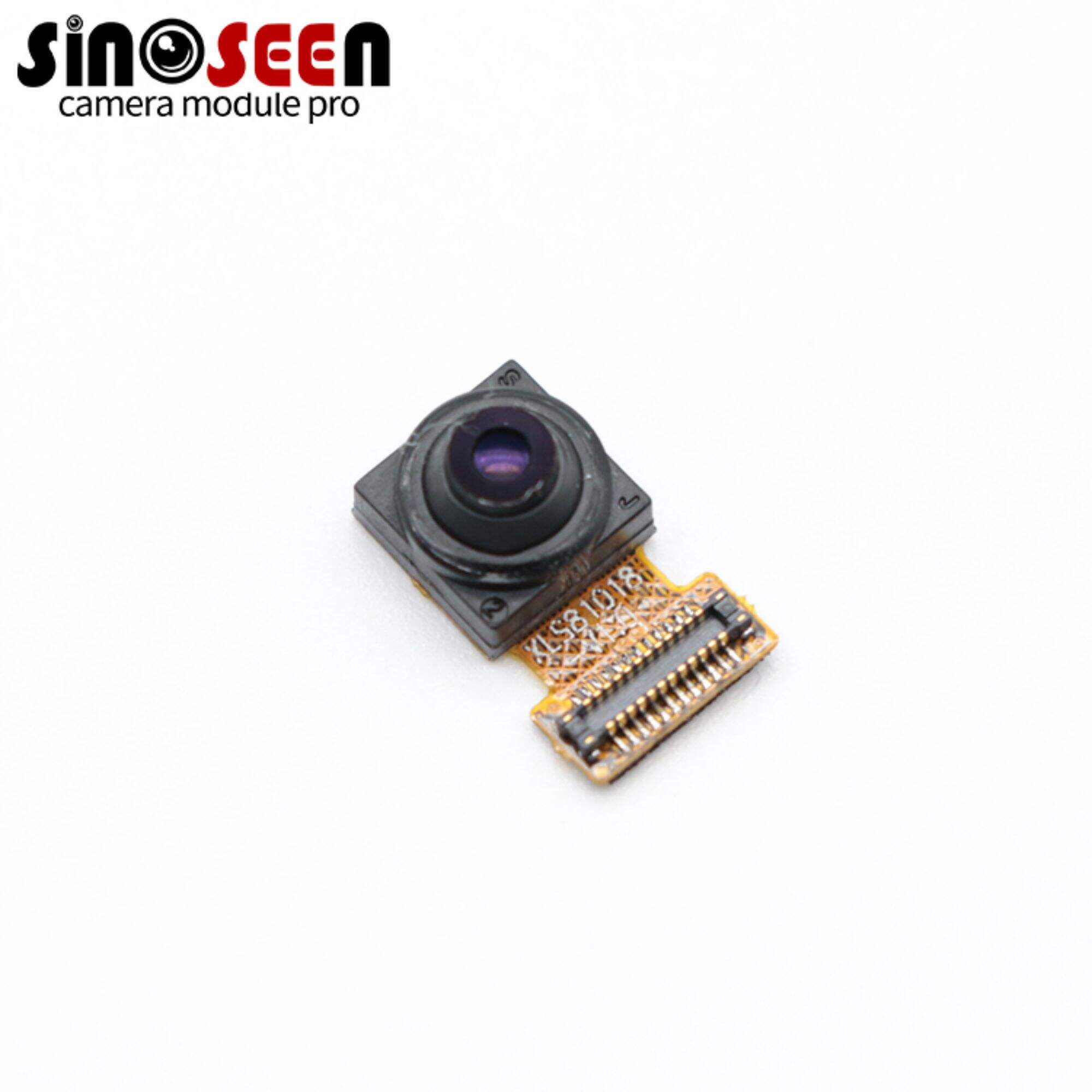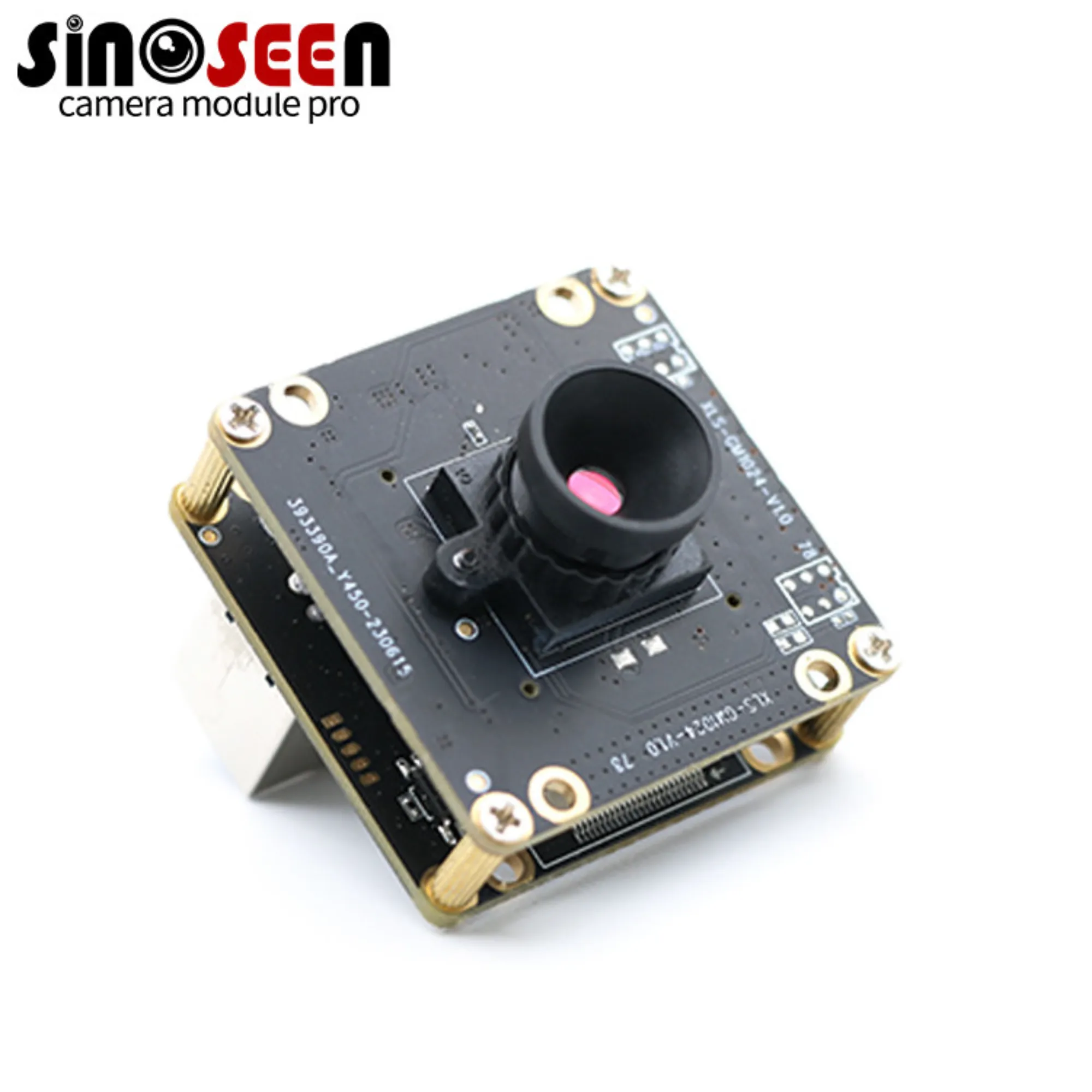Gece Görüş Modüllerini 24/7 Gözetim İçin Neden İdeal Kılan Özellikler Nelerdir?
hırsızlık, vandalizm veya izinsiz girme gibi tehditler gündüz ya da gece herhangi bir saatte gerçekleşebildiği için evleri, iş yerlerini, kamusal alanları ve endüstriyel tesisleri korumada 24/7 izleme hayati öneme sahiptir. Geleneksel güvenlik kameraları sıklıkla zayıf ışık koşullarında ya da tamamen karanlık ortamlarda yetersiz kalır ve bu da izleme kapsamında tehlikeli boşluklar bırakır. İşte burada gece görüşü modülleri öne çıkar. Gece görüşü modülleri, kameraların neredeyse tam karanlıkta bile net görüntüler yakalayabilmesini sağlayan özel bileşenlerdir; böylece ışık koşullarına bakılmaksızın sürekli izlemenin sağlanması garanti altına alınır. Benzersiz yetenekleri sayesinde 24/7 güvenilir izleme için vazgeçilmezdir. Bu kılavuz, gece görüşü modüllerinin sahip olduğu temel özellikleri ve avantajları detaylı olarak ele alarak gece görüş modülleri sürekli güvenlik için neden ideal olduğunu açıklar ve düşük ışık koşullarında izleme zorluklarının nasıl çözülebileceğini anlatır.
Gece Görüşü Modülleri Nedir?
Gece görüş modülleri, güvenlik kameralarına entegre edilen ve düşük ışıkta veya ışık olmayan ortamlarda görüntüleme imkanı sunan teknolojik bileşenlerdir. Bu modüller, mevcut ışığı — insan gözüyle görülemeyen kızılötesi (IR) radyasyon da dahil olmak üzere — algılamak ve artırmak için özel sensörler, lensler ve ışık kuvvetlendirme teknolojilerini kullanır. İki ana türü vardır gece görüş modülleri gözetlemede kullanılanlar:
- Aktif Gece Görüş Modülleri : İçlerinde bulunan IR LED'ler (kızılötesi ışık yayan diyotlar) sayesinde kızılötesi ışık yayarlar. Bu ışık sahneyi aydınlatır ve modülün sensörü yansıyan IR radyasyonunu algılayarak görünür bir görüntü oluşturur.
- Pasif Gece Görüş Modülleri : Işık yaymazlar; bunun yerine mevcut çok az miktardaki ışığı (örneğin ay ışığı ya da yıldız ışığı) veya nesnelerden yayılan termal radyasyonu (ısı) algılayarak kuvvetlendirirler. Pasif gece görüşün bir türü olan termal modüller, görünür ışığa dayanmayan, ısı imzalarına göre görüntü oluşturan modüllerdir.
Her iki tür de gün ışığı zayıfladığında güvenlik kameralarının etkili bir şekilde çalışmasını sağlar ve böylece gerçek 24/7 süreli izleme için hayati öneme sahip olur.
Gece Görüş Modüllerini 24/7 İzleme İçin İdeal Hale Getiren Temel Özellikler
Gece görüş modülleri, geleneksel kameraların en büyük sınırlaması olan karanlıkta zayıf performans gösterme sorununu özel özelliklerin birleşimiyle çözer. İşte sürekli izleme için neden mükemmeldirler:
1. Neredeyse Tam Karanlıkta Net Görüntü Elde Etme
Gece görüş modüllerinin en kritik avantajı, görünür ışık çok az ya da hiç olmadığında bile net görüntüler yakalama yeteneğidir.
- Nasıl çalışır : Aktif gece görüş modülleri, insan gözüyle görülemeyen ancak kamera sensörü tarafından algılanabilen kızılötesi ışık yayan IR LED'ler kullanır. Bu ışık sahnedeki nesnelerden yansır ve sensör bu yansımayı monokrom (genellikle siyah-beyaz) bir görüntüye dönüştürür. Pasif modüller özellikle termal olanlar, ısıyı algılar veya zayıf ortam ışığını kuvvetlendirerek, aydınlatmanın olmadığı gecelerde bile 'görmeyi' sağlar.
- 24/7 Güvenlik Gözetimi Açısından Önemi : Çoğu güvenlik olayı karanlıkta meydana gelir - hırsızlar, vandallar ve izinsiz girenler genellikle görüşün zayıf olduğu gece vakti hedef alırlar. Gece görüş modülleri bu açığı ortadan kaldırarak kameraların aksi halde gizli kalabilecek şüphelilerin, araçların veya faaliyetlerin kullanılabilir görüntülerini kaydetmesini sağlar. Örneğin, aktif gece görüş modüllerine sahip bir depo, sabah 3'te bile kamera görüntülerinde hırsızın fiziksel özelliklerini açık şekilde yakalayarak yükleme rampalarını izleyebilir.
Bu yetenek olmadan 24/7 süreyle devam eden izleme eksik kalır ve kritik gece saatleri izlenmeden bırakılır.
2. İzleme Kör Noktalarının Ortadan Kaldırılması
Geleneksel kameralar görülebilir ışığa dayandığından aydınlatmanın yetersiz olduğu alanlarda kör noktalar oluşur—örneğin ara sokaklar, otoparklar veya aydınlatılmamış arka bahçeler. Gece görüşü modülleri bu boşlukları ortadan kaldırır.
- Nasıl çalışır : Görülebilir ışık kaynaklarından bağımsız olarak çalışarak gece görüşü modülleri, geleneksel kameralar için çok karanlık olan alanları kapsar. Aktif modüller karanlık köşeleri kızılötesi (IR) ışıkla aydınlatırken, termal modüller gölgelerin, sisin veya dumanın ardında kalan ısı imzalarını tespit edebilir.
- 24/7 Güvenlik Gözetimi Açısından Önemi : Kör noktalar, güvenlik riski oluşturur çünkü suçlular genellikle izlenmeyen alanları fırsat bilir. Gece görüş modülleri, bir ofis binasındaki loş bir merdiven boşluğundan bir çiftlik çevresinin uzak bir köşesine kadar mülkün her noktasının kapsanmasını sağlar. Örneğin, gece görüş özelliğine sahip bir konut güvenliği sistemi, dış aydınlatma olmaksızın arka bahçeyi izleyebilir ve karanlıkla gizlenmeye çalışan bir hukuki ihlalde bulunan kişiyi tespit edebilir.
Bu kapsamlı kapsam, gerçek 24/7 koruma için hayati öneme sahiptir.
3. Zorlu Koşullarda Güvenilir Performans
Gözlem ortamları nadiren mükemmeldir - hava koşulları, yansıma veya değişken ışık seviyeleri geleneksel kameraları etkileyebilir. Gece görüş modülleri, bu zorlu koşullarda çalışacak şekilde tasarlanmıştır.
- Nasıl çalışır : Aktif modüllerde kullanılan IR ışık, görünür ışığa göre sis, yağmur veya kar yağışı gibi koşullardan daha az etkilenir ve bu sayede kötü hava şartlarında daha net görüntü elde edilir. Termal modüller (pasif) ise ısı imzaları duman, toz ve karanlıktan geçebildiği için daha da dayanıklıdır. Birçok gece görüşü modülü aynı zamanda ani ışık kaynaklarından (örneğin araba farları) kaynaklanan aşırı parlaklığı engellemek için anti-parlaklık filtreleri gibi özellikler de içerir.
- 24/7 Güvenlik Gözetimi Açısından Önemi : Güvenlik tehditleri yağmur veya sis için durmaz. Gece görüşü modülüne sahip bir otopark kamerası, şiddetli yağmurlu bir günde dikkat çekici bir aracı takip edebilirken, bir fabrikadaki termal modül, dumanın bile içinden geçerek karanlık bir depo odasında başlamakta olan bir yangını tespit edebilir. Bu güvenilirlik, çevresel koşullar ne olursa olsun gözetimin etkili olmaya devam etmesini sağlar.
Geleneksel kameralar bu tür senaryolarda başarısız olabilirken, gece görüşü modülleri izleme işlemini kesintisiz bir şekilde sürdürür.
4. Maliyet Etkili 24/7 İzleme
Geleneksel kameralarla 24/7 izleme yapmak sıklıkla parlak dış aydınlatma veya hareket sensörlü spot ışıklar gibi pahalı çözümler gerektirir. Gece görüş modülleri ise daha maliyet etkili bir alternatif sunar.
- Nasıl çalışır : Aktif gece görüş modülleri, dış spot ışıklardan çok daha az enerji tüketen düşük güçlü IR LED'ler kullanır. Bu modüller sürekli aydınlatma ihtiyacını ortadan kaldırarak elektrik maliyetlerini azaltır. Pasif modüller ise ek aydınlatma kaynağı kullanmazlar ve bu da onları daha da enerji verimli kılar.
- 24/7 Güvenlik Gözetimi Açısından Önemi : Endüstriyel tesisler veya kampüsler gibi büyük alanlarda her bölgeyi aydınlatacak kadar ışık kurmak ve çalıştırmak oldukça maliyetlidir. Gece görüş modülleri ise bu harcamalara gerek kalmadan 24/7 izleme imkanı sağlar. Örneğin bir alışveriş merkezi, otoparkını gece boyu gece görüş kameraları ile izleyerek tüm otopark ışıklarının açık kalmasına gerek kalmadan hem enerji faturasından tasarruf eder hem de güvenlik sağlanmış olur.
Bu maliyet verimliliği, gece görüş modüllerinin hem küçük hem de büyük çaplı izleme sistemleri için erişilebilir olmasını sağlar.
5. Mevcut Güvenlik Sistemleriyle Uyumluluk
Gece görüşü modülleri, mevcut güvenlik altyapısıyla sorunsuz bir şekilde entegre edecek şekilde tasarlanmıştır ve 24/7 izleme için benimsenmeleri kolaydır.
- Nasıl çalışır : Yeni kameralara eklenebilir ya da birçok eski güvenlik sistemine dönüşüm yapılabilir. Çoğu modül, geleneksel kurulumlardaki DVR'ler, NVR'ler ve izleme yazılımları ile çalışan standart arayüzler (koaksiyel kablo veya IP ağları gibi) üzerinden bağlanır.
- 24/7 Güvenlik Gözetimi Açısından Önemi : 24/7 izlemeye geçiş, tüm güvenlik sisteminin değiştirilmesini gerektirmez. Mevcut kameraları olan bir işletme, gece görüşü modüllerini ekleyerek gece saatlerine kadar olan alanı kapsayabilir; bu da tüm sistemin yenilenmesinin maliyetini ve kesintisini önler. Örneğin okullar, mevcut kamera ağlarına gece görüşü modüllerini ekleyerek oyun alanlarını ve giriş bölgelerini saatler sonra bile izleyebilir.
Bu uyumluluk, sürekli izleme sistemine geçişi kolaylaştırır.
6. Suç Aktivitelerinin Cezalandırılması
Görünür güvenlik kameraları suçları caydırır, ancak gece görüş modülüne sahip kameralar daha güçlü bir mesaj gönderir: gözetim hiçbir zaman durmaz.
- Nasıl çalışır birçok gece görüş kamerası, hafif kırmızı ışık veren görünür IR LED'ler içerir ya da 'gece görüş özelliğinde' olarak etiketlenir; bu da potansiyel suçlulara alanın 24 saat izlendiğini bildirir. Modülün kendisi gizli olsa bile, karanlığın eylemlerini gizleyemeyeceği bilgisi yasadışı faaliyetleri caydırabilir.
- 24/7 Güvenlik Gözetimi Açısından Önemi caydırıcılık, gözetimin temel hedeflerinden biridir. Gece görüş kameralarıyla donatılmış bir depo, hırsızlar tarafından hedef alınma olasılığı daha düşüktür çünkü eylemlerinin saat 02:00'de bile kayda alınacağını bilirler. Bu tür önleyici önlem, olay sonrası soruşturmaların ve onarımların gerekliliğini azaltır.
Gece görüş modülleri, suçlular için karanlığın 'güvenliğini' ortadan kaldırarak caydırıcılığı artırır.
7. Soruşturmalar İçin Yüksek Kaliteli Kanıt
Olaylar meydana geldiğinde, şüphelilerin belirlenmesi, olayların anlaşılması ve yasal işlemlere destek sağlanması için net görüntüler hayati öneme sahiptir. Gece görüş modülleri, karanlıkta bile yüksek kaliteli kanıt yakalamanıza olanak tanır.
- Nasıl çalışır modern gece görüş modülleri, düşük ışıkta gürültüyü (taneli görüntüyü) azaltan yüksek çözünürlük (4K'a kadar) ve gelişmiş sensörler sunar. Bu da gece çekimlerinde yüz özelliklerinin, plaka numaralarının veya kumaş desenlerinin görünür olmasını sağlar. Termal modüller ise ince detayları yakalayamasa da, gizli bir kişi ya da aşırı ısınmış ekipman gibi ısıyla ilgili anomalilerin sayısı, kişilerin hareketlerinin ve konumlarının net şekilde görülmesini sağlar.
- 24/7 Güvenlik Gözetimi Açısından Önemi bulandırılmış ya da karanlık bir görüntü, soruşturmalar için işe yaramaz. Gece görüş modülü bulunan bir mağaza, kapanış saati sırasında bir hırsızı net şekilde görüntüleyebilir ve polisin şüpheliyi tanımlayıp yakalanmasını sağlayabilir. Benzer şekilde, bir inşaat alanındaki termal modül, geceleyin çitleri keserek giren hırsızların izlediği yolu kaydedebilir ve kritik kanıt sağlayabilir.
İşlenebilir kanıtlar üretme yeteneği, gece görüş modüllerini olay sonrası takip için hayati derecede önemli kılar.
8. Farklı Gözetleme İhtiyaçları için Esneklik
Gözetleme gereksinimleri büyük ölçüde değişebilir—küçük bir evden büyük bir endüstriyel tesise kadar. Gece görüş modülleri bu çeşitli ihtiyaçlara karşılamak için esneklik sunar.
- Nasıl çalışır : Bunlar, kısa mesafeli modüller (ev kapıları için), uzun mesafeli modüller (büyük çevresel alanlar için) ve aşırı koşullar için termal modüller olmak üzere çeşitli yapılandırmalarda gelir. Bazı modüller aydınlatılan alanı kontrol etmek için kullanıcıya IR yoğunluğunu ayarlayabilme imkanı sunarken, bazılarında ise uzak alanların izlenmesi için zoom fonksiyonu bulunur.
- 24/7 Güvenlik Gözetimi Açısından Önemi : Bir ev sahibi, ön verandalarını izlemek için kısa mesafeli gece görüş modülü kullanabilirken, bir hapishane çevresindeki aktiviteleri izlemek için uzun mesafeli termal modüller kullanabilir. Bu esneklik, mülk büyüklüğüne veya tehdit seviyesine bakılmaksızın 24/7 kapsama için bir gece görüş çözümü olduğunu garanti altına alır.
Geleneksel kameralar bu tür esnekliğe sahip değildir ve bu nedenle çeşitli izleme ihtiyaçlarına daha az uygundur.
Gece Görüş Modülleri Türleri ve 24/7 İzleme Uygulamaları
Gece görüş modüllerinin farklı türleri, belirli 24/7 izleme senaryolarında üstün performans gösterir ve bu sayede çok yönlülüklerini bir kez daha kanıtlar:
Aktif IR Gece Görüş Modülleri
En yaygın olanlarıdır ve sahneleri aydınlatmak için IR LED'ler kullanır. En iyi şekilde şu alanlarda çalışır:
- Konutlar ve küçük işletmeler izleme (kapı girişleri, arka bahçeler).
- İç mekan izleme (depo koridorları, ofis holü).
- Kısa ve orta menzilli alan kaplaması (100 metreye kadar).
Termal Gece Görüş Modülleri
Isı imzalarını tespit ederler ve bu nedenle şu alanlarda idealdir:
- Büyük açık alanlar (sanayi tesisleri, ormanlar).
- Aşırı koşullar (sis, duman, tam karanlık).
- Gizli casusları veya aşırı ısınmış ekipmanı tespit etmek.
Düşük Işık Kuvvetlendirme Modülleri
Bu modüller, zayıf ortam ışığını kuvvetlendirir (IR LED yoktur), şu alanlara uygundur:
- Görünür ışığın minimal ancak mevcut olduğu alanlar (örneğin, sokak lambaları olan şehir sokakları).
- Gizli gözetleme (casusları uyaran görünür IR ışık yoktur).
24/7 Gözetim İçin Gece Görüş Modülleri Seçerken Dikkat Edilecek Faktörler
Etkinliği en üst düzeye çıkarmak için gece görüş modüllerini seçerken şu faktörleri göz önünde bulundurun:
- Menzil : İhtiyacınıza uygun menzile sahip modülleri seçin (örneğin, evler için 20m, sanayi çevresi için 200m+).
- IR LED Kalitesi : Yüksek kaliteli LED'ler daha uzun ömürlüdür ve daha tutarlı aydınlatma sağlar.
- Sensör çözünürlüğü : Daha yüksek çözünürlük (1080p, 4K), karanlıkta daha net detaylar sağlar.
- Hava Koşullarına Dayanıklılık : Dış mekan modülleri yağmur ve toza dayanabilmek için su geçirmez olmalıdır (IP66/IP67 derecelendirme).
- Entegrasyon : Mevcut kamera sisteminiz, DVR cihazınız veya izleme yazılımınızla uyumluluğu sağlayın.
SSS
Gece görüş modülleri tam karanlıkta ne kadar uzağı görebilir?
Menzil modül türüne bağlıdır: Aktif IR modüller genellikle 20–200 metre menzile sahiptir; yüksek güçlü modeller 300 metreden fazla menzile ulaşabilir. Termal modüller ise ısı imzalarını 1 km veya daha fazla mesafede tespit edebilir, ancak net detaylar daha kısa mesafelerde daha belirgindir.
Gece görüş modülleri gündüz çalışır mı?
Evet. Çoğu modül gün ve gece modları arasında otomatik olarak geçiş yapar. Gündüzleri görünür ışık kullanarak renkli görüntüler çeker; geceleyin IR veya termal görüntülemeyi aktif hale getirir.
Gece görüş modüllerini geceleyin parlak ışıklar etkiler mi?
Modern modüller, ani parlak ışıklara (örneğin araba farlarına) karşı mücadele etmek için anti-glare teknolojisi içerir. Görüntü bozulmasını önlemek için geçici olarak ayar yapabilirler ve böylece kaydedilen görüntülerin kullanılabilirliğini sağlarlar.
Gece görüşü modülleri tüm hava koşullarında dış mekânda kullanılabilir mi?
Evet, ancak hava koşullarına dayanıklı modelleri tercih edin (IP66/IP67 sınıfı). Bu modeller yağmur, kar, toz ve sıcaklık uçlarına karşı dayanıklıdır ve dış mekânda 24/7 güvenilir performans sağlar.
Termal gece görüşü modülleri, 24/7 devamlı gözetim için aktif IR modüllerinden daha mı iyi?
Bu, ihtiyaca bağlıdır. Termal modüller tam karanlıkta, sis veya duman içinde çalışmakta üstündür ve ısıyı tespit eder (gizlenmiş hırsızları bulmak gibi uygulamalarda faydalıdır). Aktif IR modülleri ise daha net görsel detaylar sunar (yüzler, plakalar gibi) ancak görüş hattı gerektirir ve engellerle kapanabilirler.
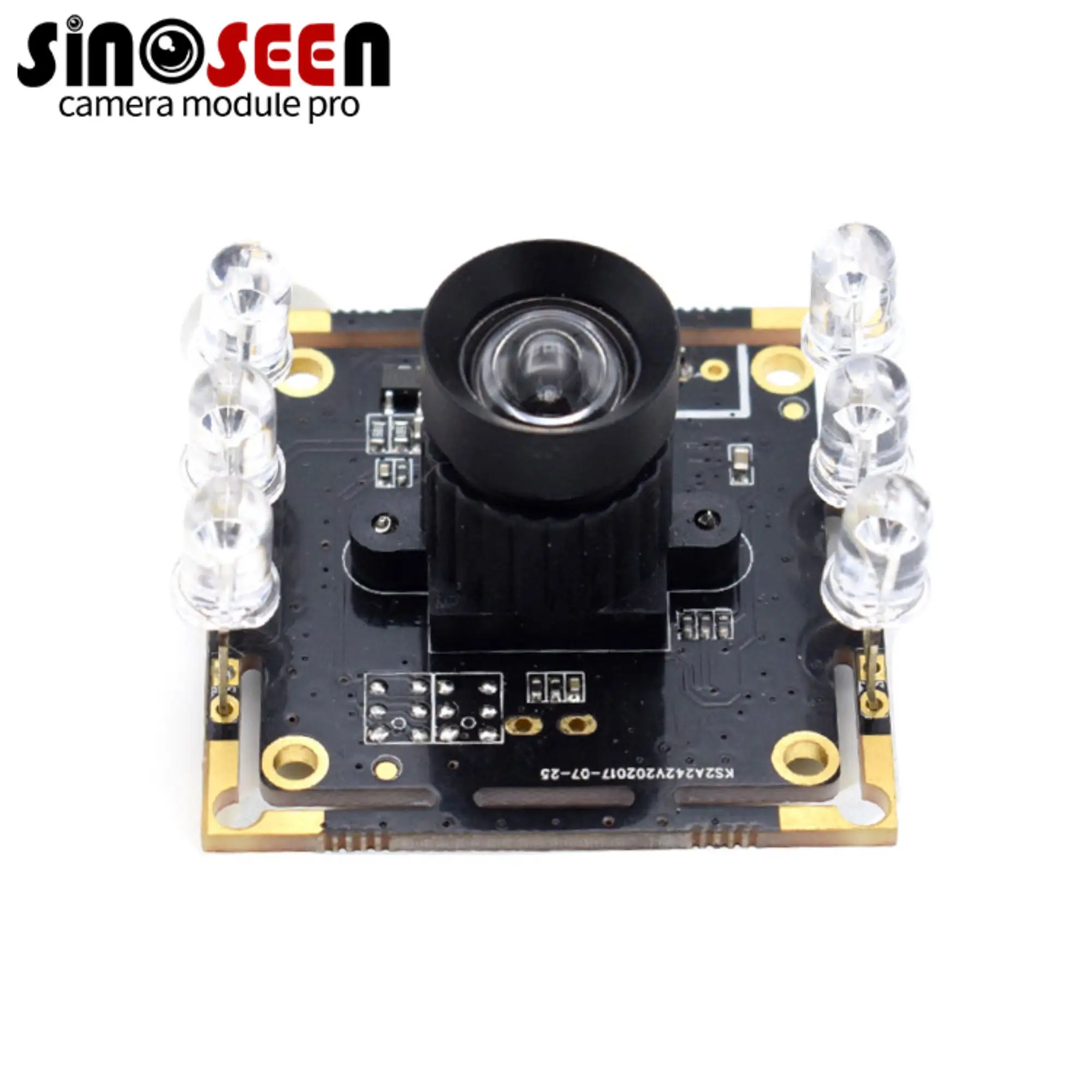

 EN
EN
 AR
AR
 DA
DA
 NL
NL
 FI
FI
 FR
FR
 DE
DE
 EL
EL
 HI
HI
 IT
IT
 JA
JA
 KO
KO
 NO
NO
 PL
PL
 PT
PT
 RO
RO
 RU
RU
 ES
ES
 SV
SV
 TL
TL
 IW
IW
 ID
ID
 SR
SR
 VI
VI
 HU
HU
 TH
TH
 TR
TR
 FA
FA
 MS
MS
 IS
IS
 AZ
AZ
 UR
UR
 BN
BN
 HA
HA
 LO
LO
 MR
MR
 MN
MN
 PA
PA
 MY
MY
 SD
SD

